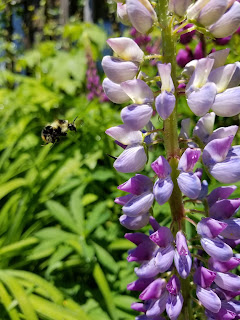Wildfire Preparedness Tips

The Western U.S. use to have “fire seasons” now the West has “fire years” according to Vicki Christiansen, Chief of the Forest Service because wildfires now burn year around in the West. Keep your family and property safe by understanding wildfires and how to create a fire-retardant environment. Factors that contribute to disastrous wildfires include: 1. Uneven amounts of rain from year to year – during a rainy year, the understory vegetation grows dense. If the following year is a dry year, the dense vegetation dies and become fuel for fires. 2. Freezing weather will kill the vegetation turning into fire fuel. 3. Urban growth – building communities and houses in fire prone areas increases the available fuel 4. Wind – dry winds and/or fast winds help spread wildfires 5. Excessive fuel – reduced funding to the Forest Service has hindered their ability to maintain the amount of dense under-story growth in forests. Current policy prevents the use of prescr
